The hybrid performance car is no longer an oxymoron. Here’s how manufacturers are using this new tech to make them better, not just greener
Fuel injection; variable cam timing; turbocharging – these are just a few of the bywords we’ve associated with performance cars for decades, but alongside the myriad of changes all of us are experiencing in 2020, so too is the performance car moving on.
Driven by a combination of increasingly stringent regulatory restrictions, changing public perceptions and concerns about their environmental impact, the performance car as we know it is under threat. But performance car manufacturers are nothing if not driven by innovation, turning to this once economy-driven technology to not only make performance cars greener, but better.
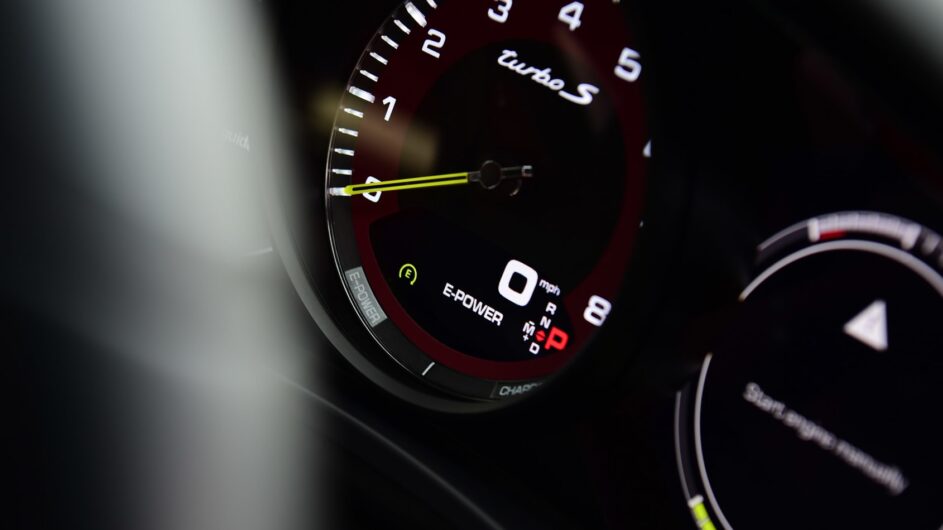
Hybrids began production under the bonnets of economy-focused models such as the Toyota Prius and Honda Insight, but looking into 2020 and beyond, hybrid is quickly becoming a new buzz-word for performance across the automotive spectrum. But rather than being a singular technology, hybridisation has many different forms, with varying levels of influence in the overall powertrain.
Between the end points of a totally internal combustion powertrain on one side and fully electric on the other, there are a range of different technologies in use – some familiar and others less so. So here’s a look into what different types of hybrid powertrains there are out there, and what performance cars they’re currently utilised in and will be used in in the future.
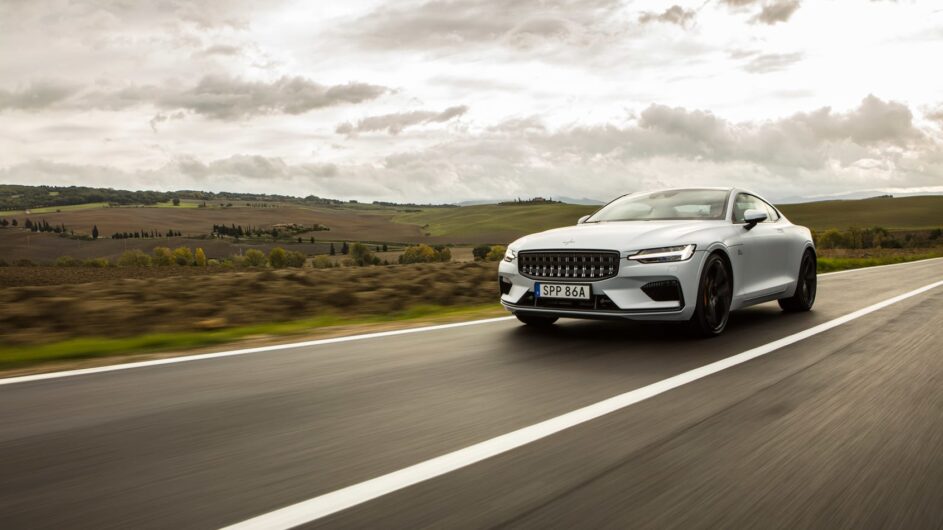
Mild-hybrids
Mild-hybrid is certainly a buzzword in 2020 automotive development, being quickly integrated into all levels of combustion powertrains to lower emissions relatively cheaply and without need of any major packaging redesign. Performance versions of normal saloons and estates, such as the Mercedes-AMG E53 and Audi S4 TDI, are two examples of manufacturers applying this technology to both petrol and diesel powertrains.
The hardware usually consists of a small electric motor, mounted directly on the combustion engine, that assists drive as well as takes the place of a traditional starter motor. This starter motor and generator is generally powered by a small battery pack via a supplementary 48V electrical system that works alongside the normal 12V circuit. The battery itself is recharged by regenerative braking, negating the need for any roadside charging.
Some cars, such as the E53 and S4, also feature small electrically powered compressors that work in conjunction with the gas-powered turbos, improving response by spinning up the turbines before the exhaust gases have the chance to reach them. These systems also power energy-heavy chassis hardware such as active anti-roll bars that a normal 12V system wouldn’t otherwise be able to support.

Mild-hybrid performance cars:
- Mercedes-AMG E53
- Audi S4 TDI
Pro: Lightweight, compatible with a big variety of IC powertrains
Con: Has only a subtle effect on reducing consumption and increasing performance
Supercapacitor hybrids
The supercapacitor might sound like science fiction, but while it’s yet to be used on a series production car, development has progressed to a point where we’ll see it in performance cars in the next 12 to 24 months. Lamborghini is one such manufacturer that has been working to integrate a supercapacitor hybrid system into its supercars, revealing the low-volume Sian last year that will debut the technology later this year.
It works in a similar fashion to a mild-hybrid system, but rather than storing electricity inside a battery, it’s stored in a supercapacitor, which is similar to a battery as it holds electricity but is able to expel and replenish it much faster. Rather than metering out electricity slowly, supercapacitors deliver all their electricity to the powertrain within a few seconds, but then replenish equally quickly via regenerative braking.
When assisting a 700bhp+ combustion engine, a small mild-hybrid system would have little to no effect in augmenting it even at low rpm, and without any forced induction to prime there is little advantage in a system so, uh, mild. Lamborghini’s solution is this more powerful supercapacitor, which will have a larger impact on performance, but without the extra weight of a more substantial hybrid system. This will be ideal on track, or twisty roads, but how much effect the system has on an autobahn is less assured, when the brakes are not in use to recapture more energy when the supercapacitor is out of juice.
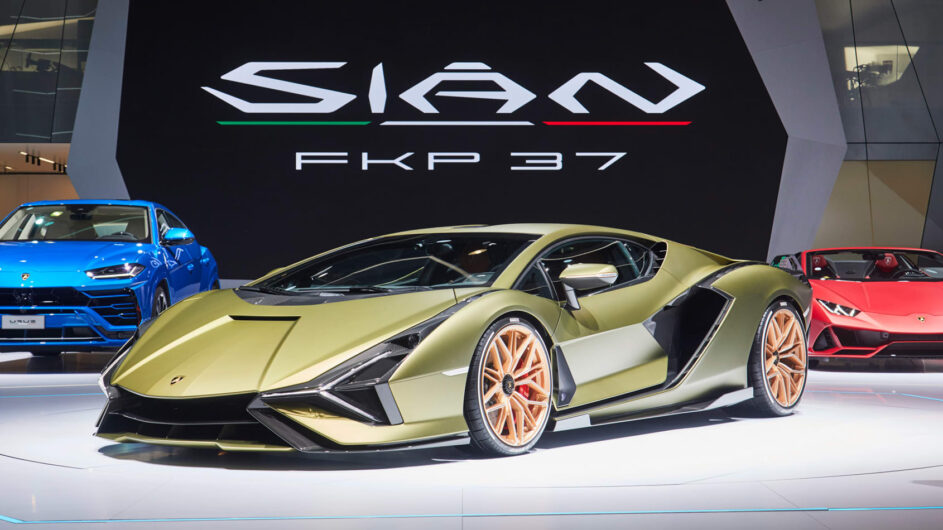
Supercapacitor performance cars
- Lamborghini Sian
Pro: Lightweight, quick to expel but also recharge
Con: Very new technology, expensive and dependant on correct usage patterns
Parallel hybrids
This is where the hybrid story began, in production models such as the Toyota Prius and Honda Insight. Here, the standard petrol engine sits alongside a more substantial electric motor and battery pack. Unlike mild-hybrids, a parallel hybrid is able to drive for short periods of time purely from the electric motor, but then quickly reverts back to a combination of the electric and combustion motors.
You can’t charge most parallel hybrids, instead battery charge is delivered via regenerative braking and coasting, while the electric motor is generally only powerful enough to reach low urban speeds. The McLaren P1 was one of the first supercars (or a hypercar in this case) to utilise this technology, pairing a twin-turbocharged V8 with an electric motor and lithium-ion battery pack.
Unlike economy-based hybrid systems, the P1’s system was not designed to reduce fuel use at low speeds, but to serve as a torque-fill for the combustion V8 at low rpm before the turbos had a chance to spool. This differs from a mild-hybrid set-up by directly sending power to the drivetrain independently of the internal combustion engine, rather than assisting the turbos mechanically before combustion. The McLaren Speedtail is also a parallel hybrid in that sense, but has a much larger electric motor and battery pack that adds a total of 230kW or 308bhp for a 1055bhp maximum figure. The P1 also differs from most other parallel hybrids by having the need to be charged, but this is due to it not having the ability to draw power from a regenerative braking system, which was specified by McLaren engineers as so not to negatively influence brake feel.
This is where combined and maximum power figures can become more opaque than a simple brake horsepower figure though. Some manufacturers like to quote total system power which is a sum of the total power from each power source. This doesn’t accurately represent how much power the car is able to produce at any one time though, as the electric motor and combustion engine will reach those peaks at different points in the rev range. The more accurate figure as given to us by McLaren for example, is a maximum figure which is the highest power figure the two motors will produce together at any one time in the rev range.
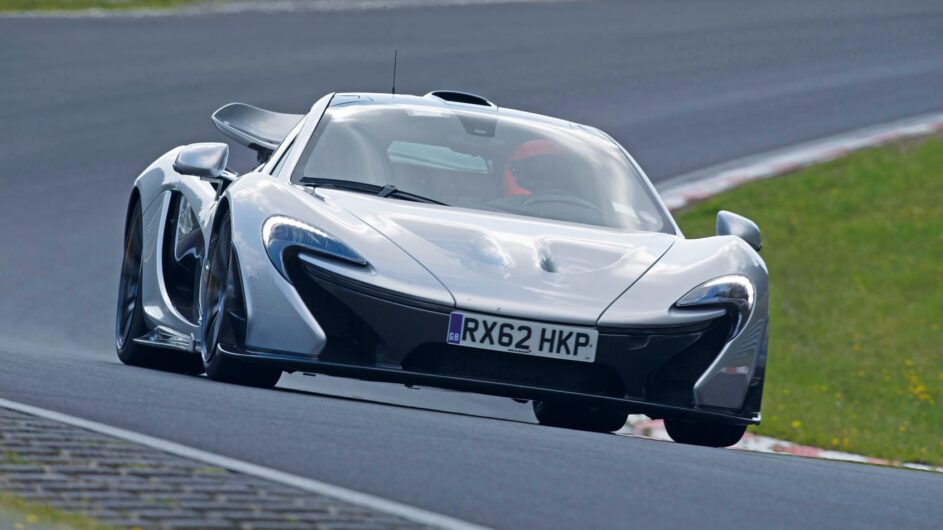
Parallel hybrid performance cars
- McLaren P1
- McLaren Speedtail
- Honda NSX
Pro: Proven tech, able to be scaled easily, relatively inexpensive
Con: Power boost proportionately small considering the extra weight of system
Plug-in hybrids
Plug-in hybrids take the parallel hybrid format and push it one step further, incorporating one or more electric motors and a much larger battery pack into the powertrain. As with the other categories, plug-in hybrids that are focused on economy generally focus on using as much of the electric powertrain as possible to reduce reliance on the combustion engine, but when tuned for a performance car work to a premise that focuses on overall performance regardless of where the power’s coming from.
The Porsche 918 Spyder was one of the first performance plug-in hybrids, which combined a race-derived V8 with two electric motors, one sitting on the engine powering the rear wheels, and the other on the front axle powering the front wheels. The 918 is able to achieve around 12 miles from its electric motors and battery pack, but the emphasis is on those electric motors providing extra power and traction, not improving on efficiency. A majority of the Porsche’s power is still generated from the combustion engine, but the electric motors are able to augment it, torque-filling like the McLaren P1 to bulk up torque and power at low engine speeds. The Porsche’s batteries are replenished by both regenerative braking and the ability to plug into external electrical sources. This technology has filtered down into lesser Porsche models such as the Panamera and Cayenne, their ranges topped by Turbo S e-hybrid models which combine a small electric powertrain with a twin-turbo V8 petrol engine.
The Polestar 1 is also considered a plug-in hybrid, but emphasises its electric powertrain which is supplemented by a downsized, twin-charged, four-cylinder engine. It’s 592bhp maximum power output is generated from a roughly 50/50 split between the electric and combustion motors, and is put to the ground via all four wheels. Like many plug-in models with all-wheel drive, the Polestar 1 doesn’t have a physical power connection between the axles, as the front wheels are powered purely by the combustion engine and the rears from the electric motors. Driving the electric motors is a more substantial 37kWh battery pack, which gives the Polestar 1 an EV range of up to around 90 miles, reducing the powertrain’s overall reliance on the petrol engine when cruising, but using it to full effect when pushing on.
The disadvantage of having such a substantial combination of electric and combustion hardware is weight, which despite a carbonfibre body and other substantial weight-saving efforts means the Polestar 1 still breaks 2.3 tons. Plug-in powertrains with a smaller electric motor and battery set-up, such as that fitted to the Porsche Panamera, are nearly as detrimental to the overall weight and performance, in the Panamera’s case still adding around 300kg to the kerb weight of an equivalent model without the hybrid system.
Like few other hybrid systems, a plug-in arrangement can distinctly change depending on the individual layout. It might have the widest spread of capability, but it also comes with the most compromise, one that for performance cars is very difficult to justify at any level.
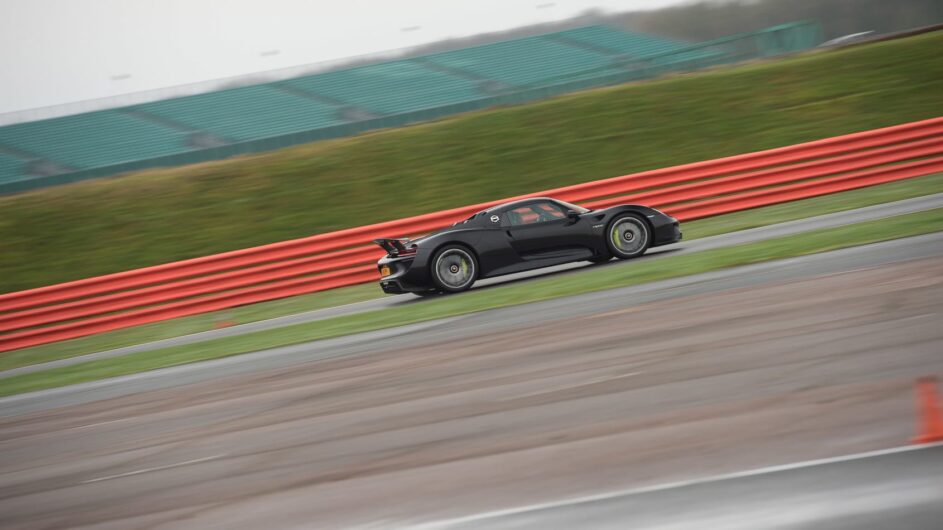
Plug-in hybrid performance cars
- Polestar 1
- Porsche 918 Spyder
- Porsche Panamera Turbo S e-hybrid
Pro: Able to drive useable distance on EV power; electric motors are power dense and can dramatically increase system power
Con: The heaviest option as it requires a full suite of hardware of both propulsion systems
Range extender hybrids
You might have heard a little bit about range-extender hybrids a few years ago, but as plug-in powertrains become more flexible and powerful, and range anxiety in full-EVs lessens, so too has the range extender fallen out of favour. A range-extender powertrain is defined by its layout of a combustion engine being a small supplementary motor to, as its name suggests, extend the range from the battery pack. Range extenders also reduce the parasitic mechanical losses associated with combustion engines by not being directly connected to the wheels, instead acting only as an electricity generator, hence their general incompatibility with performance cars.
While private cars have turned away from range-extender-style hybrids, public transport such as buses and the new LEVC London Taxi use the technology to dramatically reduce their carbon emissions without the need to plug in as often as a pure electric alternative. In urban centres especially, vehicles such as the new London Taxi are able to run almost entirely on electric mode thanks to the constant stop-start driving style that tops up the batteries via regenerative braking, only turning to the combustion engine when the batteries are at a critically low level.
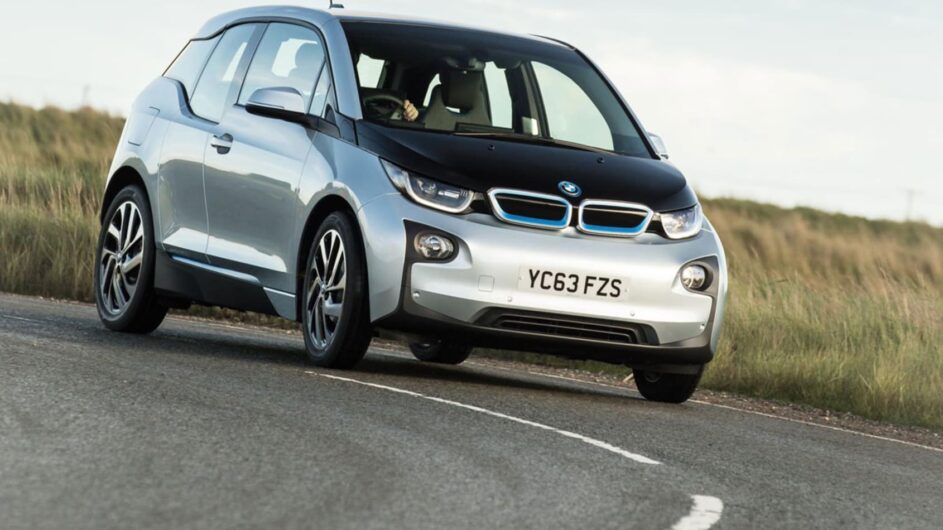
Range extender cars
- BMW i3 REx
- Chevrolet Volt
- LEVC TX London Taxi
Pro: Most efficient form of hybrid without range anxiety
Con: Is the most compromised in terms of performance applications
Full EV
This is where the electric car enters the scene. There is no combustion engine at all, instead an EV is driven entirely by one or more electric motors, powered by a substantial battery pack. There are lots of limitations to electric cars, such as their reliance on an infrastructure that is still very much in its infancy in the UK and other developed countries. The origin of the electricity is another variability as to an electric car’s green credentials, likewise the environmental impact of their more resource-heavy construction, but while it’s easy to take a negative stance as an enthusiast, electric vehicles are generally cleaner than their combustion counterparts when the whole life cycle is taken into consideration.
From a performance perspective electric motors, with their instant torque, flexible packaging and ability to more easily be augmented between the wheels, are arguably more dynamic than their petrol counterparts. But with one critical flaw: weight. As with plug-in hybrids, electric vehicles that have a long range require a large battery pack – those in top-level Teslas and the new Porsche Taycan are up to 100kWh, weighing anywhere between 600 and 700kg. This huge mass is able to be flexibly packaged though, generally finding a home along the bottom of the chassis, to which both axles are mounted.
Pioneered by Tesla in the Model S, and now utilised by Porsche in its new Taycan, this layout places almost all of the mechanical weight as low as possible in the chassis, keeping the centre of gravity low, therefore disguising the weight. A Taycan Turbo S hits the scales at an astonishing 2370kg, but drives like a significantly lighter car. Acceleration from modern electric motors is another draw, as their instant torque delivery makes them feel faster than the figures would suggest.
From an emotional perspective though, electric powertrains still for now lack the variability or involvement that comes not just from a combustion engine’s noise, but character and delivery. Revving beyond 9000rpm in a Porsche GT3 RS, the wailing howl of the V10 in a Lexus LFA, or the off-beat burble of an AMG V8 at idle resonate in a very different way to the distant hum of an electric motor. This is something no sub-two-second acceleration time will be able to make up for.
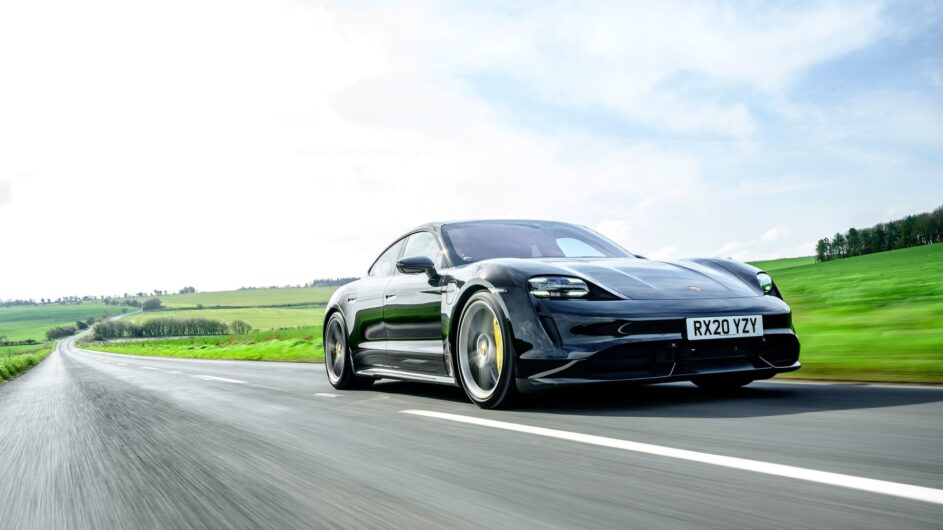
Full EV performance cars
- Porsche Taycan
- Tesla Model 3 Performance
- Mini Electric
Pro: Instant torque makes many electric powertrains quicker than IC alternatives; green, and most flexible packaging
Con: Susceptible to limitations of infrastructure; emotionless
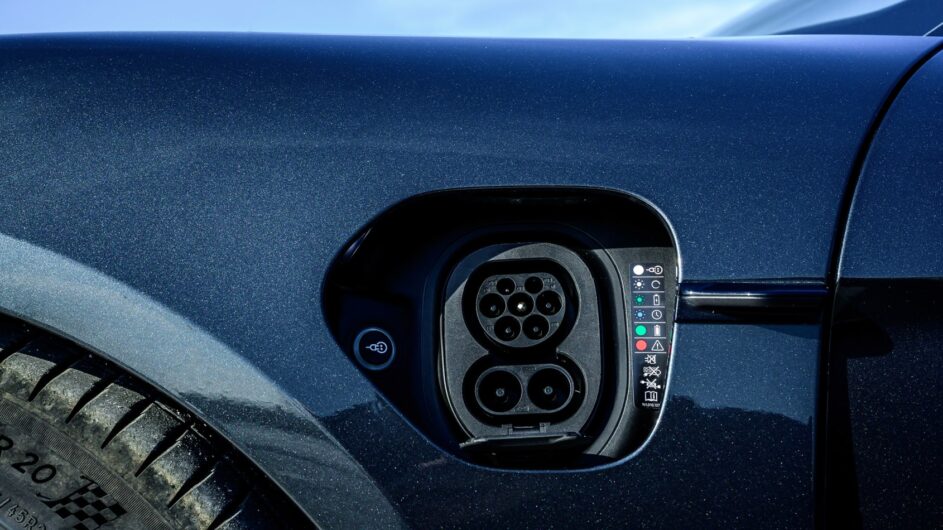
This article originally appeared at evo.co.uk
Copyright © evo UK, Dennis Publishing




